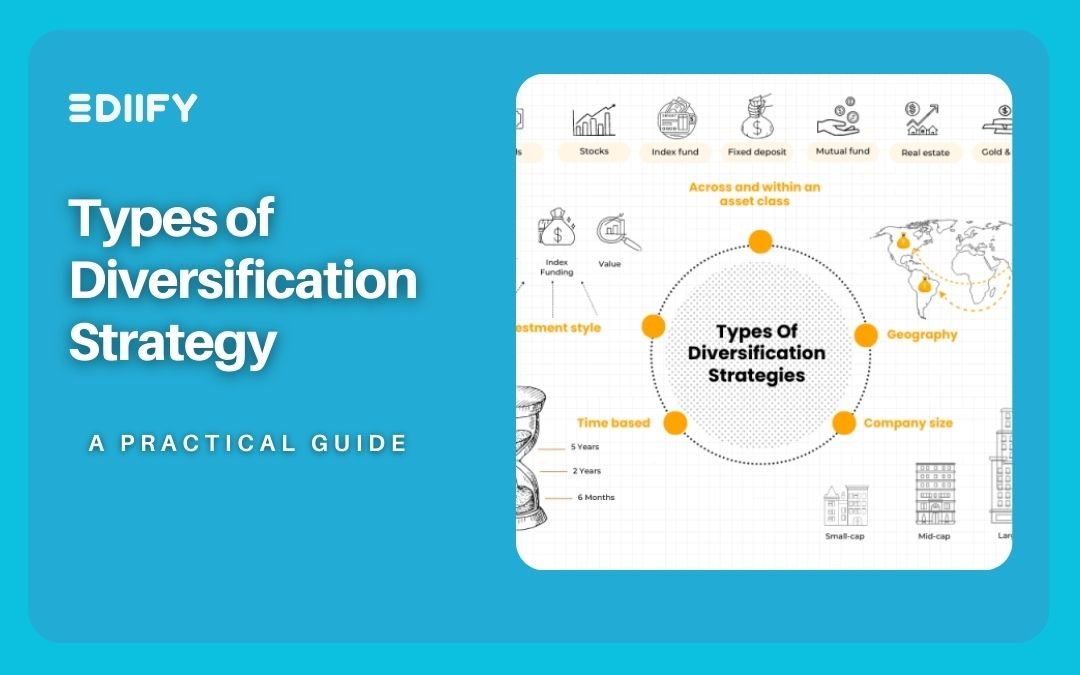Introduction:
In the ever-evolving landscape of business, companies consistently strive to discover avenues for growth and sustainability. One pivotal strategy in achieving these objectives is diversification. Diversification entails expanding a company’s product or service offerings or venturing into new markets to mitigate risk and enhance overall performance. This blog delves into different types of diversification strategy that companies employ to navigate the complexities of the business world.
Understanding Diversification:
Diversification stands as a strategic approach enabling businesses to enter new markets or develop new products, ultimately reducing reliance on a single market or product line. The overarching goal is to spread risk, enhance stability, and capitalize on emerging opportunities. Here are some common types of diversification strategies:
1. Horizontal Diversification:
Definition: Horizontal diversification occurs when a company expands its product or service offerings into new but related markets. This strategy allows businesses to leverage existing capabilities, technologies, and customer relationships.
Example: An electronics manufacturer diversifies into the production of accessories such as phone cases or chargers.

2. Vertical Diversification:
Definition: Vertical diversification involves moving into different stages of the supply chain, either backwards (towards suppliers) or forward (towards customers). This strategy aims to increase control over the production process and enhance efficiency.
Example: An automobile manufacturer entering the market for producing its raw materials or establishing its distribution network.
3. Concentric Diversification:
Definition: Concentric diversification occurs when a company enters a new market with products or services related to its existing business. This strategy capitalizes on synergies between the current and new offerings.
Example: A company producing athletic shoes expanding into the market for sportswear and accessories.
Get insights on the impact of competitor analysis for your business
https://ediify.com/project/the-impact-of-competitor-analysis-on-your-business/
4. Conglomerate Diversification:
Definition: Conglomerate diversification involves entering completely unrelated markets with new products or services. The primary motivation is to spread risk and reduce dependence on a specific industry.
Example: A technology company venturing into the hospitality industry by acquiring or establishing hotels.
Conclusion:
Diversification strategies play a crucial role in the growth and sustainability of businesses in today’s dynamic market environment. By exploring different types of diversification strategy, companies can strategically position themselves to adapt to changes, minimize risks, and capitalize on emerging opportunities. Whether through horizontal expansion into related markets, vertical integration along the supply chain, concentric diversification leveraging existing synergies, or conglomerate diversification for broader risk mitigation, the key lies in a well-thought-out strategy aligning with the company’s overall objectives. As businesses continue navigating the complexities of the market, diversification remains a powerful tool for achieving long-term success and resilience.
Discover the level of strategies and unlock your potential
https://ediify.com/project/levels-of-strategy-unlock-your-potential/



